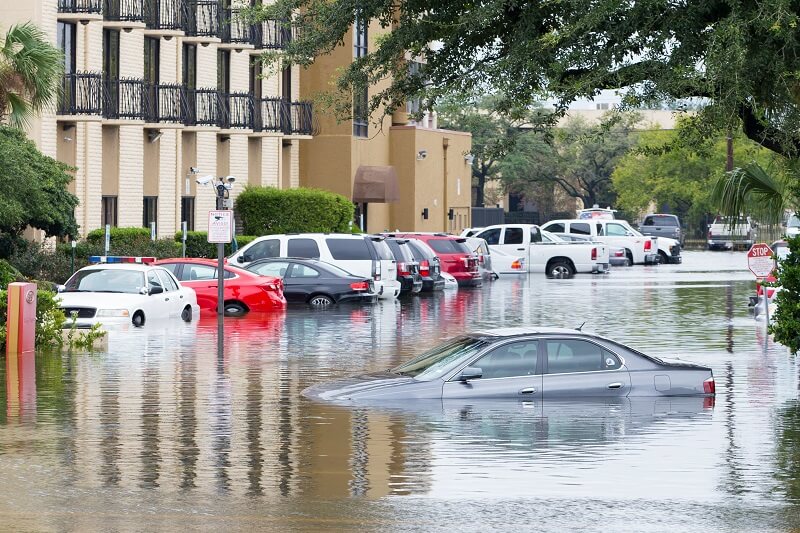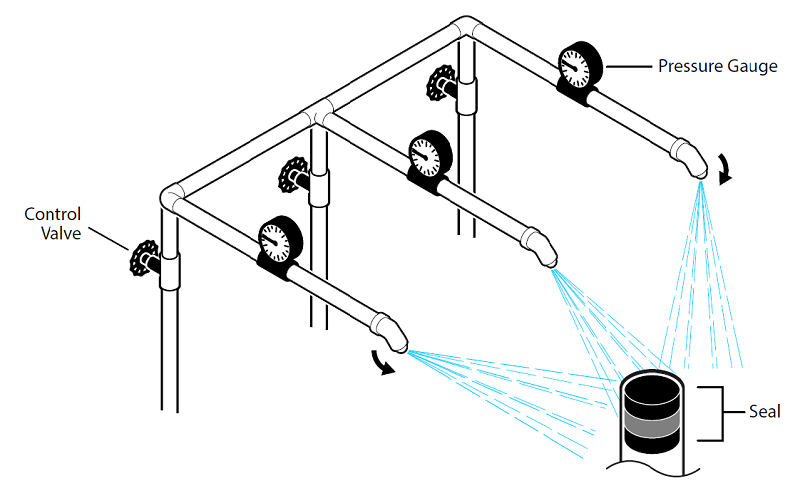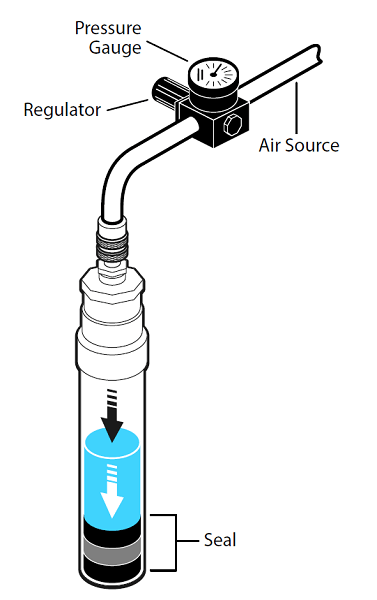Duct Seals Prevent Ruinous Water Damage
There are many chemical and mechanical sealing solutions available for the full range of conduit applications. In this paper, we will look specifically at sealing to prevent water ingress and how seals are tested.
Duct Seals Prevent Ruinous Water Damage
Sealing electrical or communication conduits and duct banks isn’t just a code-compliance action item. It’s the easiest way to prevent costly and potentially catastrophic equipment damage. How do we know when a seal is necessary? The simple answer is that it’s required when we want to isolate one area from another. This separation can exclude water, gases, fire, dust, pests, or all of the above. A seal is often specified to meet governing industry codes, such as the NEC, CEC, TIA and BICSI. There are many chemical and mechanical sealing solutions available for the full range of conduit applications. Let’s look more closely at sealing to prevent water ingress specifically.
| Related Content: Understanding and Mitigating Manhole Explosions: An Interview with Stuart Hanebuth |
Why Seal Out Water?
The presence of water is the most common reason seals are necessary. Electrical and communication equipment must be protected from water to prevent expensive failure. Basements of buildings and other enclosures must remain dry.

Consider a conduit entering an underground structure. If the water table rises above the level of the open conduit, water flows through the conduit and into the structure. An example is when water breaches a transformer or pedestal at a higher elevation than the service entrance to a building. It can then flow downhill through connecting conduits into the building. Water can also enter through the annular space around a conduit that enters a building through a sleeve or a core-drilled opening. Good seals prevent this movement of water. Whether the change in the water table results from a storm surge, heavy rain, snow melt, or some other event, a properly rated seal provides protection. In practice, situations may call for two seals. The open conduit must be sealed, and the joining point of the wall of the enclosure and the exterior of the conduit may need to be sealed as well.
Condensation from a temperature differential between spaces is also a source of damaging moisture and water. Refrigerated areas inside buildings are susceptible to this condensation when warmer air enters. Adequate seals prevent condensation by isolating temperature zones.
| Related Content: Sealing Conduits for Resilient Electrical and Telecommunication Systems |
Topside seals are common where a vertical conduit is open to the elements. A simple cap may not be sufficient in situations where cables are exiting the conduit at the top. A custom seal may be needed to prevent water ingress from rain or snow.
Will the Seal Work?
Installers must determine which of the myriad sealing methods is appropriate for each location. A seal that protects against the very low pressure of condensation won’t necessarily protect against a 50-foot (16 m) storm surge. Ensuring that seals actually block water ingress to the specified pressure level is vital. Seal manufacturers may publish a wet location rating for their seals. Others may define a maximum pressure rating for the seal. Understanding how these values are determined results in better seal selection for critical installations.
How Are Seals Tested?
Some testing regimes use a water spray to check seal integrity. Underwriters Laboratory and other nationally recognized testing laboratories utilize this test. See Figure 1. In this testing, water spray from three spray heads is directed at the fitting or seal at 5 psi (34.5 kPa) for 1 hour. A successful test allows no more than 0.1 grams of water to penetrate the fitting or seal.

FIGURE 1
Such transient testing with spray heads may not be suitable for long-term and/or high-pressure water exposure on a fitting or seal.
Constant direct water pressure is a vigorous hydrostatic test that yields consistent results and more accurately predicts seal performance. Hydrostatic testing is a well-established procedure commonly found in various ASTM and UL test methods. To conduct hydrostatic testing, a seal is installed in a conduit, leaving approximately 12 inches (30.5 cm) of empty conduit on one end. The conduit is placed in the vertical position with the empty conduit portion at the top. Filling the empty portion at the top with water is a simple pretest of seal integrity. Immediate leakage indicates a faulty seal.
| Related Content: Understanding How to Calculate Water Head Pressure |
To test higher water pressures, the water-filled conduit is capped with a fitting that accepts compressed air. Held in the vertical position with the test seal underwater, air pressure is introduced into the conduit on top of the water, mimicking much higher water pressure. Testing for extended times under such pressure provides an accurate picture of seal performance. See Figure 2.

FIGURE 2
The use of colorant in the water for this test can be helpful in tracing the source of any leaks that occur as the colorant will leave “tracks”. The use of clear PVC conduit also helps to expose these tracks. This test method is effective for either mechanical or chemical seals. It works in multiple configurations of conduit size and type, with or without wires. Testing variations include:
- Conduit material
- Conduit trade size
- Cable size and quantity (% fill)
- Rate of pressure increase
- Pressure duration
- Definition of failure
Failure may be defined in a variety of ways, from any moisture transfer to catastrophic seal failure. When reviewing hydrostatic test results, it is important to understand how the testing was conducted to better compare results or identify whether the seal is appropriate for the intended use.
| Related Content: MDI Monitoring on Polywater® Foaming and Non-foaming Urethane Products |
Water pressure at a seal is often expressed in feet or meters of water head, which is visualized simply as the depth of the water over the seal. For example, the 50 feet (16 m) of storm surge mentioned earlier adds 50 feet (16 m) of water head over the seal. We can use air pressure on top of the water column to establish this head pressure without the use of an inconveniently tall water column. Fifty feet (16 m) of water head pressure converts easily to 21.7 psi (156 kPa). Therefore, introducing 21.7 psi (156 kPa) of air pressure on top of the water over the sample seal mimics the desired water head pressure. See Table 1.
TABLE 1
Conclusion: Is It a Seal or Not?
It is important to note that an installer’s low-cost or commonly available seal of choice may satisfy a loosely written spec or an uninformed inspector, but the ultimate goal of all stakeholders (installers, inspectors, specifiers, and owners) must be long-term seal integrity to prevent disaster. A seal that passes inspection only to fail shortly thereafter—or later when the crisis is at hand—isn’t really a seal. Costs related to seal failure often don’t end with the cables and equipment damaged; they extend as well to the resulting service outages, which can be particularly devastating for 911 call centers, hospitals, petrochemicals, nuclear plants, and other crucial facilities. Sealing against water ingress covers multiple applications with a variety of seals. Testing and rating seals for their resistance to higher water pressures is an important consideration. Thus, duct seal selection should be an informed process based on the parameters of the application and the well-tested technical specifications of the chemical or mechanical sealing product.
Sources:
ASTM E1003-13(2018) Standard Practice for Hydrostatic Leak Testing
UL 514B Sixth Edition STANDARD FOR SAFETY Conduit, Tubing, and Cable Fittings